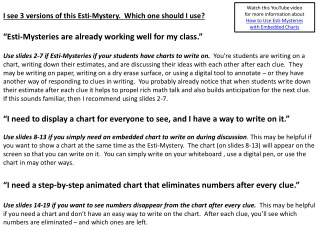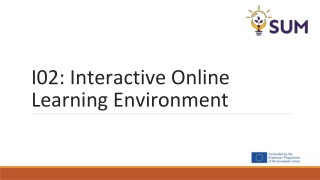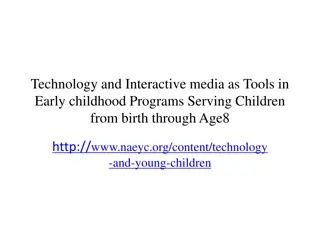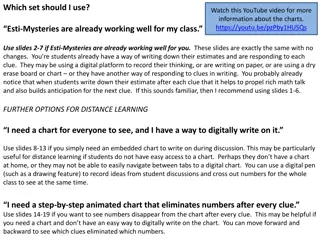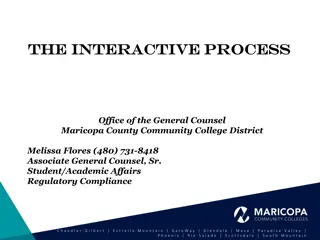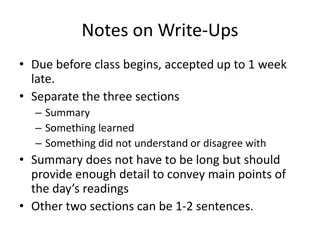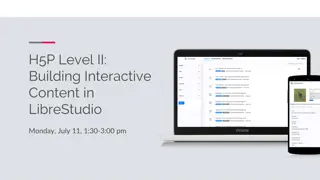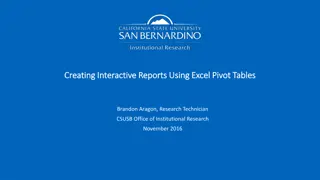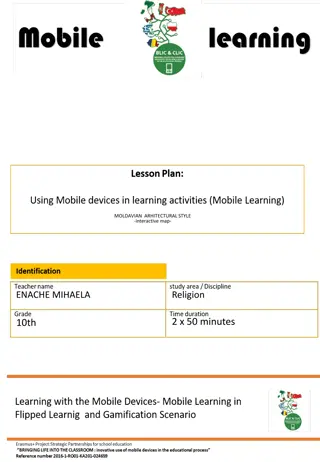
Interactive Presentation Design Guide
Learn how to design, create, and deliver interactive presentations effectively. Explore the key factors, planning steps, and presentation delivery tips to engage your audience and convey information seamlessly.
Download Presentation

Please find below an Image/Link to download the presentation.
The content on the website is provided AS IS for your information and personal use only. It may not be sold, licensed, or shared on other websites without obtaining consent from the author. If you encounter any issues during the download, it is possible that the publisher has removed the file from their server.
You are allowed to download the files provided on this website for personal or commercial use, subject to the condition that they are used lawfully. All files are the property of their respective owners.
The content on the website is provided AS IS for your information and personal use only. It may not be sold, licensed, or shared on other websites without obtaining consent from the author.
E N D
Presentation Transcript
DM6: DESIGNING AN INTERACTIVE PRESENTATION
Learning Aims A. A. Design and create an interactive presentation Design and create an interactive presentation B. B. Present and communicate information through an interactive presentation. Present and communicate information through an interactive presentation.
Factors to consider when creating an interactive presentation Purpose of the presentation, e.g. to persuade, to inform, to update. Audience for presentation, e.g. colleagues or classmates, managers, potential business partners. Amount of time given for presentation. Types of media content, to include, e.g. video content, sound, images.
Planning and producing an interactive presentation Finding and developing content that meets the requirements of the presentation brief. Deciding which key points to include and summarising them. Deciding how and when media will be incorporated in a presentation Drafting the structure of the presentation, e.g. deciding how many slides will cover content. Selecting design styles and templates for slides Consideration of the target audience and suitability of content. Creating presenter notes. Practising and testing the presentation and making appropriate amendments
Giving A Presentation Ensuring the presentation is loaded up and ready to start. Use of mobile clicker/laptop/computer to run through slides. Consideration of the audience: tone of voice clarity of verbal communication maintaining eye contact with audience not reading directly from notes. Keeping to time. Selecting interactive elements when appropriate.



